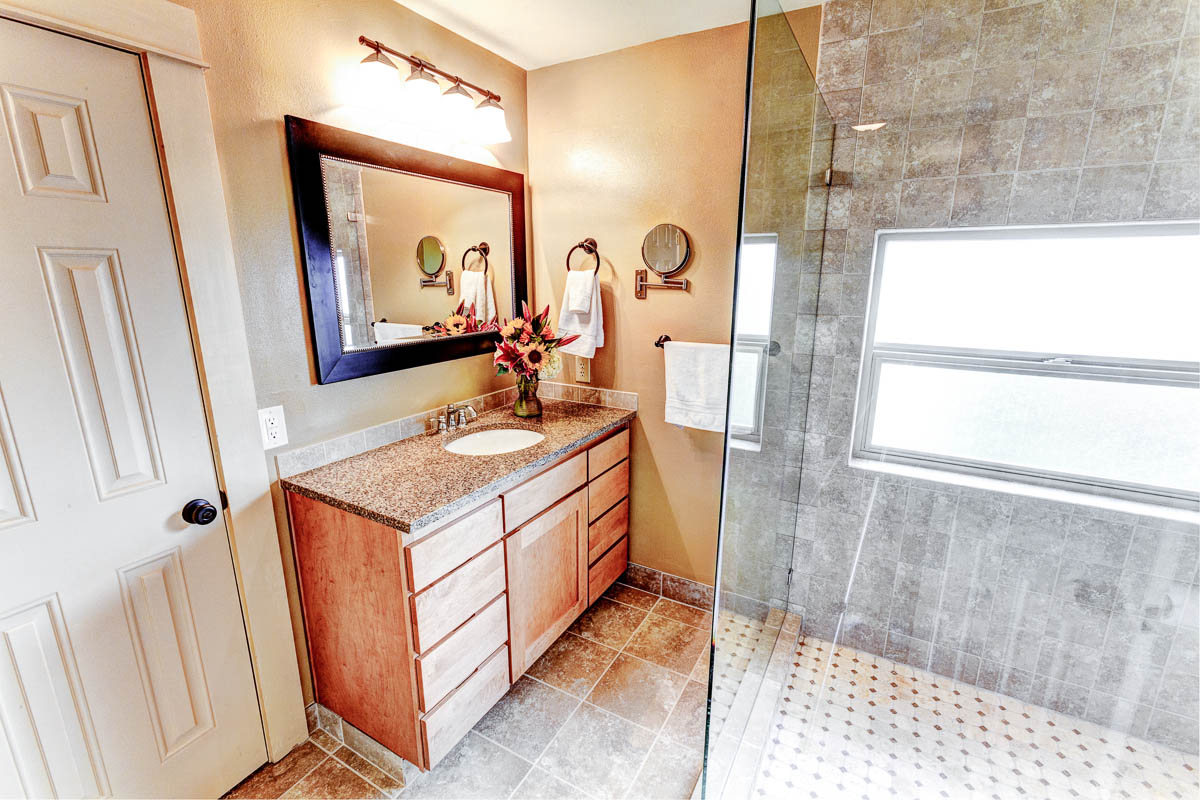A bathroom remodeling job should be a fairly straight forward process. Even though the fixtures and features for the bathroom have gotten nicer over the years, the only real change has been to make them simpler to install and replace. After all, the bathroom is a relatively small space (although I have been involved in remodeling bathrooms that were larger than my apartment).
Although it is a small space, it is filled with important built in features. Through the years, the design of most of them has developed to make them simpler to install. However, we all live in fear of bolting a feature into place, only to find that it is in the way of the next one we are scheduled to install. For this reason, larger, more spread-out bathrooms are actually simpler to remodel than ones with limited floor space in which to fit the tub, shower, toilet, sink, vanity and storage.
While simplicity is always a good thing for a remodeling job, often the job needs to be done because the last time the facility was redone the designer did a poor job. It might seem like a pain to move the location of features that require plumbing. If it is done right, the client will be incredibly happy with the results.
There are really just a few basic steps to any remodeling job. The important first step in planning and estimating just what needs to be done. This is a great first step for the home owner, because it allows him to go out and shop for his materials before he has committed to buying them.
If the planning and estimation phase is thorough enough, there should be no surprises as the job progresses. Of course, there usually will be surprises in a job of this sort. It may turn out that the structure hidden by the drywall or behind the tub are unsound. If this happens, it is best to make the repairs while the place is already torn apart to certain extent.
Once you have a plan in place you are half done, right? It should be as simple as tearing out the old stuff and putting in the new stuff, and then finishing the work. If you are dealing with professionals like Corvus construction, the job should be just that easy, but the Do It Yourselfer should anticipate delays. No one wants to be without their bathroom any longer than necessary. Eventually, it is likely that you will smile in the mirror every morning as you remember how you had to rebuild the vanity four times before you got it right.
What needs to be done in what order depends on the extent of the remodel, and how much needs to be replaced. Assuming that you are replacing everything, the first step will be to reposition the plumbing, followed by the electrical. These jobs need to be done before the drywall is installed and blocks access. If at all possible in a small bathroom I prefer to install the fixtures from the back of the room and working towards the door.
One exception is the tub. Most tubs have a flange that needs to go under the flooring and behind the tile work. Therefore, the tub should be the first fixture in, followed by the tile and floor work. The toilet and sink/vanity need to go on top of the finished floor. Finally, the cabinetry and minor accessories like towel racks go in, and there you have it, a brand new bathroom.
It really is a straight forward process if taken one step at a time. Still, there is nothing wrong with seeking out the aid of professionals like your friends at Corvus Construction!

